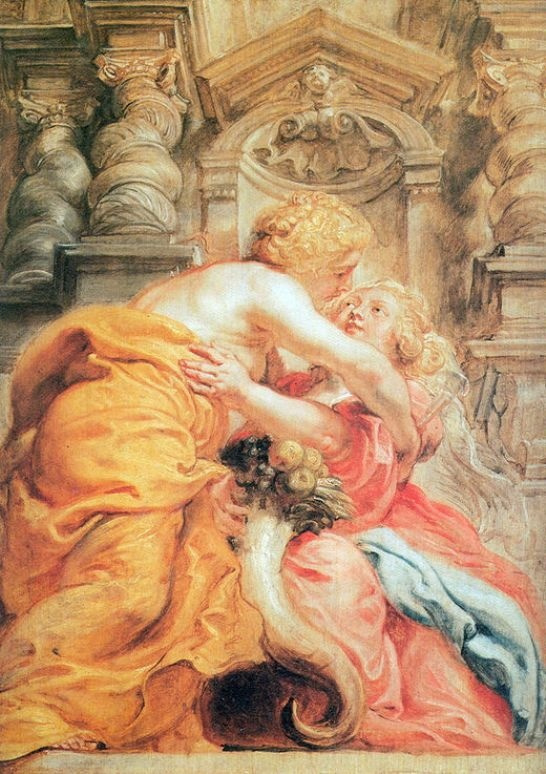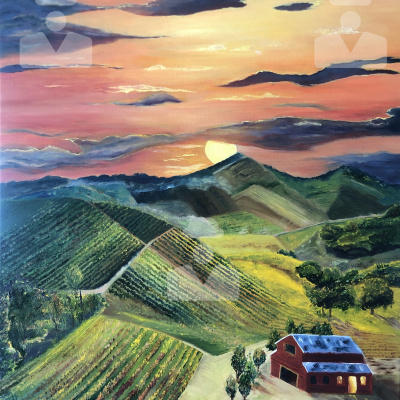
The most common version of the origin of the word "baroque" alludes to the Portuguese language: la perola barroca is a pearl of irregular shape. Despite the Portuguese origin of the word, the birthplace of the style is Italy. In Rome, the so-called majestic manner of painting emerged, glorifying the Catholic saints, the Pope, the aristocratic elite. The genre of a ceremonial portrait, emphasizing the status of a person in society, became popular. The rulers in such portraits were often surrounded by the ancient gods. The main subjects of the Baroque painting are mythology and religion. Often the ceilings of the buildings are painted in lush clouds feature biblical and mythological subjects.
Annibale Caracci, Pietro da Cortona, Andrea del Pozzo, Tiepolo and many others also succeeded in Italian baroque painting. The Venetian school gained immense popularity with its Veduta genre — the urban landscape. Canaletto succeeded most in this genre.
The baroque style existed for different time period in different countries — from 60 (countries of Eastern Europe) to 250 years (Italy). And in some countries, the Baroque style is best reflected not in painting, but in architecture — the Russian Empire and the Great Britain.






















